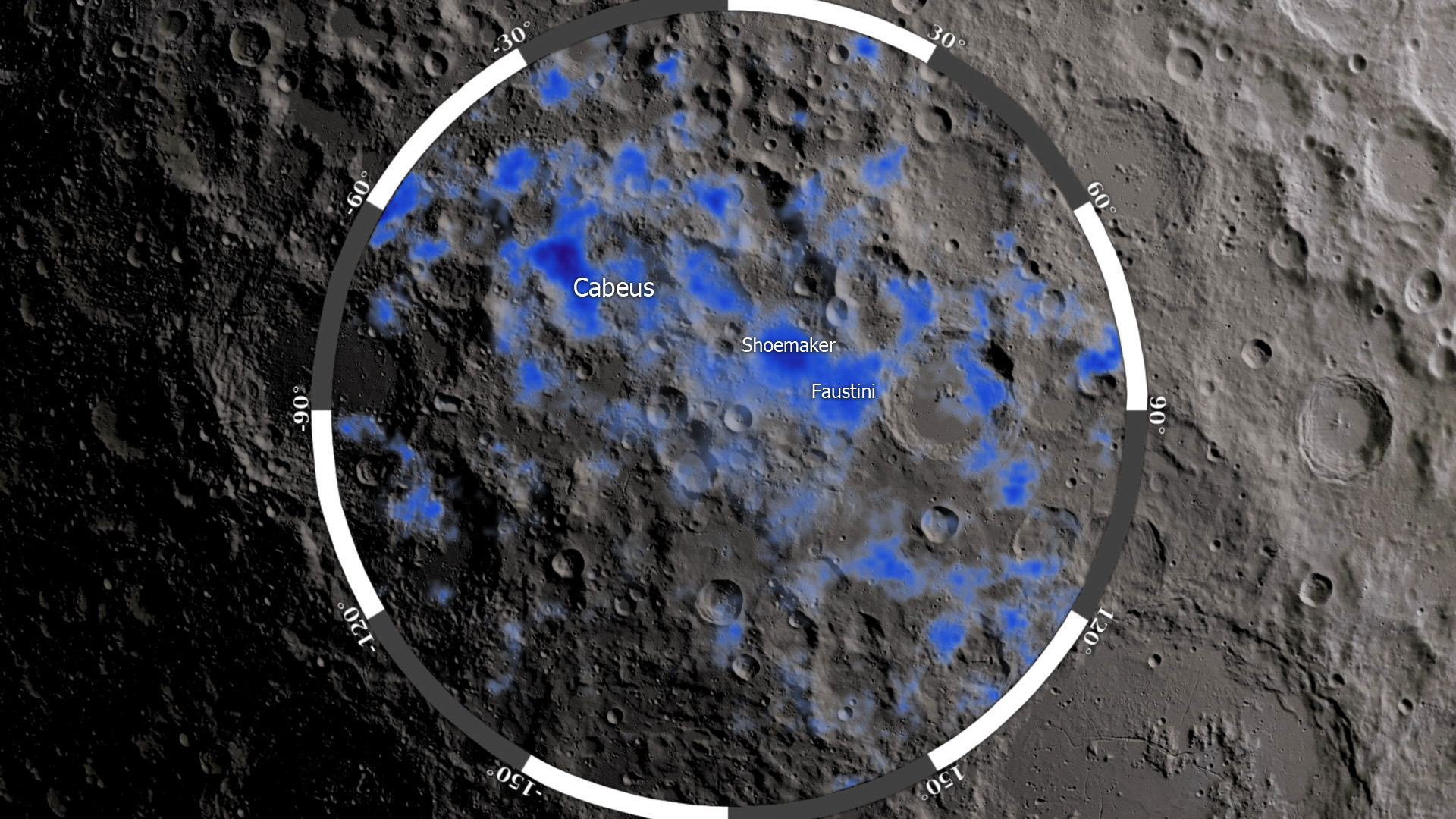In an awe-inspiring celestial spectacle that defies our everyday perception of reality, astronomers have managed to capture a rare event as a star devours a neighboring planet. This extraordinary cosmic occurrence, hidden from the naked eye and only revealed through advanced telescopes, provides us with a glimpse into the unseen mysteries of the universe and deepens our understanding of stellar evolution.
Situated thousands of light-years away from our blue planet, in a distant galaxy known as NGC 4860, lies the stage for this cosmic drama. The central character is HD 172555, a red giant star that is approaching the twilight of its existence. Red giants are renowned for their immense size, and the nearing end of their life cycle sets the stage for extraordinary events.
The dramatic event caught the attention of astronomers when they noticed a sudden surge in the brightness of HD 172555. Further observations unveiled a striking trail of gas and debris swirling around the star, indicative of the remnants left behind after the consumption of a neighboring planet. This phenomenon, scientifically referred to as a “tidal disruption event,” occurs when the gravitational force of a star shreds and consumes a nearby celestial body.
Dr. Elizabeth Collins, an astrophysicist at the Institute of Astronomy, described the observation as “an exceedingly rare cosmic spectacle.” Tidal disruption events offer a unique opportunity for scientists to explore the enigmatic final stages of stellar evolution and deepen our understanding of the universe’s mechanisms.
The specifics of how a star engulfs a planet remain shrouded in mystery, serving as an intriguing puzzle for researchers. The prevailing theory suggests that as a star expands into a red giant, its outer layers become less gravitationally bound, extending its gravitational reach. This increased gravitational pull, coupled with the proximity of the planet, leads to its capture and eventual disintegration.
The HD 172555 system’s consumption of a planet presents an unprecedented opportunity for astronomers to analyze the composition and properties of these celestial bodies. By scrutinizing the gas and debris trail left in its wake, researchers hope to unravel the planet’s chemical makeup, potentially unveiling insights into its origin and the forces that shaped its formation.
Furthermore, this rare observation underscores the importance of ongoing exploration and technological advancements in the field of astronomy. State-of-the-art telescopes such as the Transiting Exoplanet Survey Satellite (TESS) and the upcoming James Webb Space Telescope play a pivotal role in expanding our understanding of the cosmos. These technological marvels enable us to witness extraordinary celestial events, pushing the boundaries of human knowledge and paving the way for future groundbreaking discoveries.
As we bear witness to this cosmic spectacle unfolding in NGC 4860, we are reminded of the unfathomable vastness and complexity of the universe. Scientific exploration allows us to transcend the limitations of our everyday lives and venture into the realm of the unknown, continuously pushing the boundaries of human knowledge.
In an era fueled by insatiable curiosity, the study of events such as the devouring of a planet by a star not only deepens our understanding of the universe but also serves as a testament to the human spirit of exploration. As astronomers delve into the intricacies of this unseen cosmic phenomenon, they ignite our collective imagination and inspire us to question, discover, and uncover the secrets of the universe.
For it is through the pursuit of knowledge and the unraveling of the unseen that we glimpse the infinite possibilities that lie beyond the confines of our own small world.











